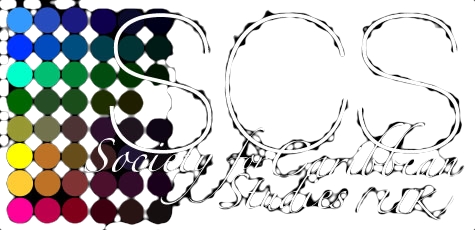Back to speakers

FUMAGALLI, MARIA CRISTINA
Professor @ University of Essex
Bio
Professor in Literature at the University of Essex and author of On the Edge: Writing the Border between Haiti and the Dominican Republic (2015), Caribbean Perspectives on Modernity: Returning Medusa's Gaze (2009), The Flight of the Vernacular: Seamus Heaney, Derek Walcott and the Impress of Dante (2001) and of numerous articles and book chapters. Her new book, Derek Walcott Painters: A Life with Pictures is forthcoming with Edinburgh University Press.
Geographical location : London
Research Area and Interest : Caribbean literatures and the visual arts, border studies (particularly the border between Haiti and the Dominican Republic), literature and the environment, migration/human rights and literature,
Social Media
Panel(s)
- Summary:
- Summary:
Presentation(s)
- Summary: In June 2022, the Dominican Republic (DR) presented its candidacy to occupy a seat on the UN Council of Human Rights (2024-2026). In the country this was met with incredulousness because increasingly restrictive migration policies are having dire effects on Haitian labour migrants and their families. Dominican civil society has no doubts that the country is going from bad to worse on its human rights record and it is well-known that the Dominican Republic is the single largest case of statelessness in Latin America and the Caribbean. Taking our cue from Gina Athena Ulysse’s Why Haiti Needs New Narratives (2015), this paper will insist that, in order to inform activism, policy, and the ability to imagine a different future, new narratives are needed for the entire island of Hispaniola, in particular for the predicament of Haitian migrants and Dominicans of Haitian descent in the Dominican Republic.
- Summary: In Another Life Walcott wrote at length about his apprenticeship as a painter with his friend Dunstan St Omer in St Lucia and we know that he never really stopped painting as testified, for example, by reproductions of his own works on the jacket-covers of some of his books or the inclusion, in Tiepolo’s Hound (2000), of twenty-six of his watercolours, oils, gouaches and pastels. Walcott never claimed that his watercolours and/or oils were “masterpieces” and critics have often simplified, even patronised them. Focusing on a handful of these visual works, this paper will argue that Walcott’s paintings have their own important (hi)stories to tell and will highlight their contribution to Walcott’s ongoing refining of an aesthetic focused on the local.
